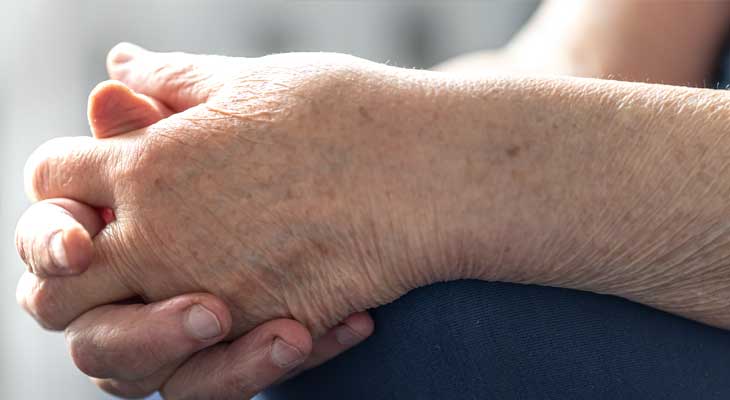INFORMATION SHEET: SQUAMOUS CELL CARCINOMA (SCC)
A Squamous Cell Carcinoma is a type of non-melanoma skin cancer. It is the second most common skin cancer in Australia.
An SCC may appear as a thick, scaly patch, a fast-growing pink lump, or a red, crusty, or scaly spot. It can be tender to the touch and may sometimes bleed or become inflamed.
SCC's are most commonly found on areas of the skin that are often exposed to the sun, such as the head, neck, hands, forearms, and lower legs, but they can develop anywhere on the
body. These cancers can grow quickly, appearing over weeks or months. If the cancer spreads beyond the top layer of skin, it's known as an invasive SCC. If left untreated, it can spread to other parts of the body (metastatic SCC).
SCC's on the head, neck, lips, or ears, as well as in people with weakened immune systems, are more likely to spread.
Once diagnosed-either through a clinical exam or biopsy, SCC's can be treated in several ways:
• Surgical excision (removal of the growth)
• Topical chemotherapy o r immunotherapy (applied directly to the skin)
• Radiotherapy (using radiation to treat the area)
Early detection and treatment are important for managing SCC's effectively.

Prinatable Info Sheet (PDF)





